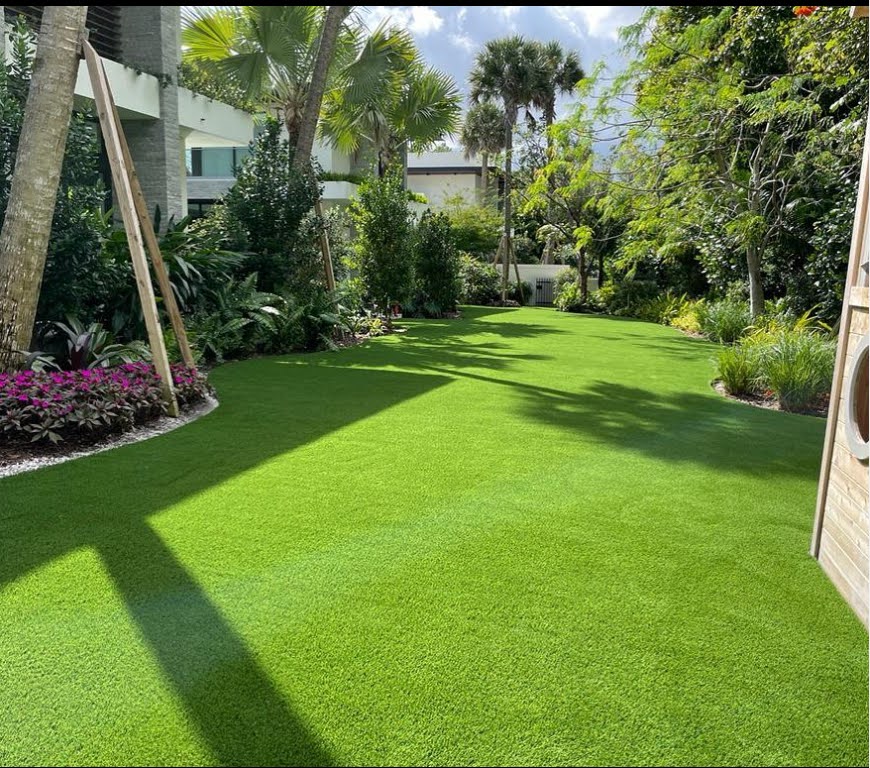Artificial turf, also known as synthetic turf or fake grass, is typically made up of several layers of materials designed to mimic the look and feel of natural grass while providing durability and functionality. The specific composition of artificial turf can vary depending on the manufacturer and intended use, but here are the common materials used in its construction:
- Backing Material: The backing material serves as the foundation of the artificial turf and provides stability and support. It is usually made of a synthetic material such as polypropylene (PP) or polyethylene (PE), which are durable and resistant to moisture and UV degradation.
- Primary Backing: The primary backing is the layer directly beneath the turf blades and is typically made of woven or non-woven fabric. It provides additional strength and stability to the turf while allowing for proper drainage of water and other liquids.
- Turf Fibers: The turf fibers, also known as blades or yarns, are the visible part of the artificial turf that resembles natural grass blades. These fibers are typically made of polyethylene (PE) or polypropylene (PP) and come in various shapes, sizes, and colors to replicate the look and feel of real grass. Advanced manufacturing techniques can create fibers with different textures and resilience to enhance the turf’s appearance and performance.
- Infill Material: Infill is a crucial component of artificial turf that helps support the turf fibers, provide cushioning, and improve stability. Common infill materials include silica sand, crumb rubber (recycled rubber granules), or a mixture of both. Infill also helps to weigh down the turf and prevent matting or wrinkling, especially in high-traffic areas.
- Backing Coating: The turf fibers are typically attached to the backing material using a backing coating, which can be made of latex or polyurethane. This adhesive layer securely bonds the fibers to the backing, ensuring that the turf maintains its shape and integrity over time.
- Optional Components: Depending on the specific requirements of the turf installation, additional components such as drainage systems, shock pads, or antimicrobial treatments may be incorporated into the artificial turf design to enhance performance, safety, and longevity.
Overall, artificial turf is a complex composite material engineered to provide a durable, low-maintenance alternative to natural grass for a variety of applications, including sports fields, landscaping, playgrounds, and residential lawns. Its composition is carefully designed to replicate the look and feel of real grass while offering superior performance and durability in various environmental conditions.
4714 Cypress Tree Dr, Tampa, FL 33624, USA
(813) 212-7160
